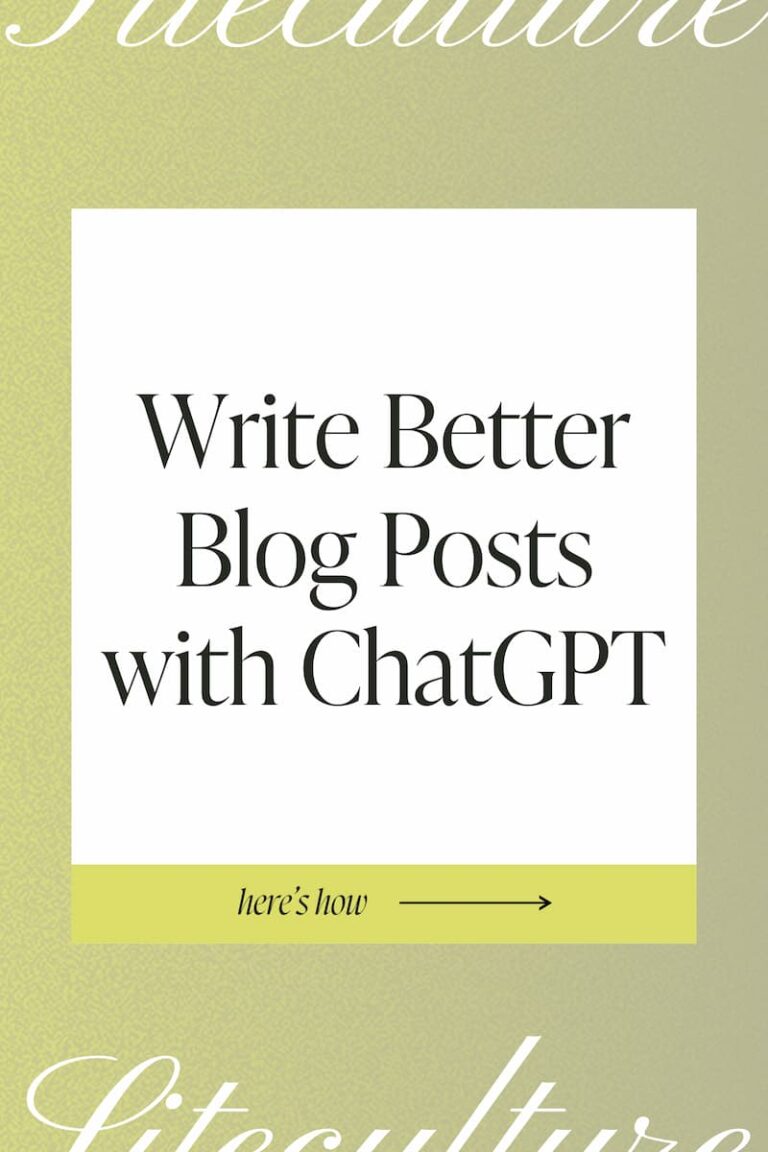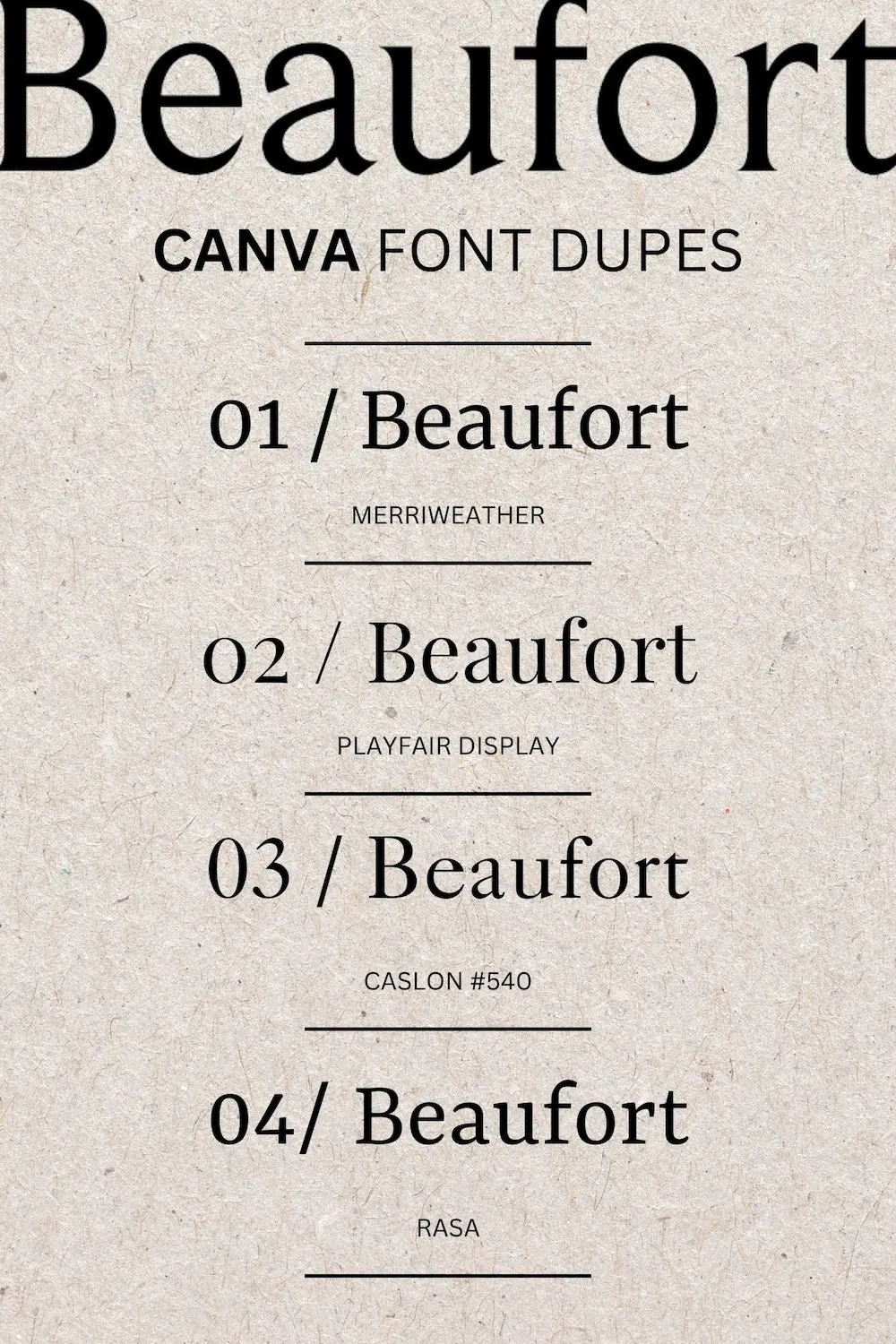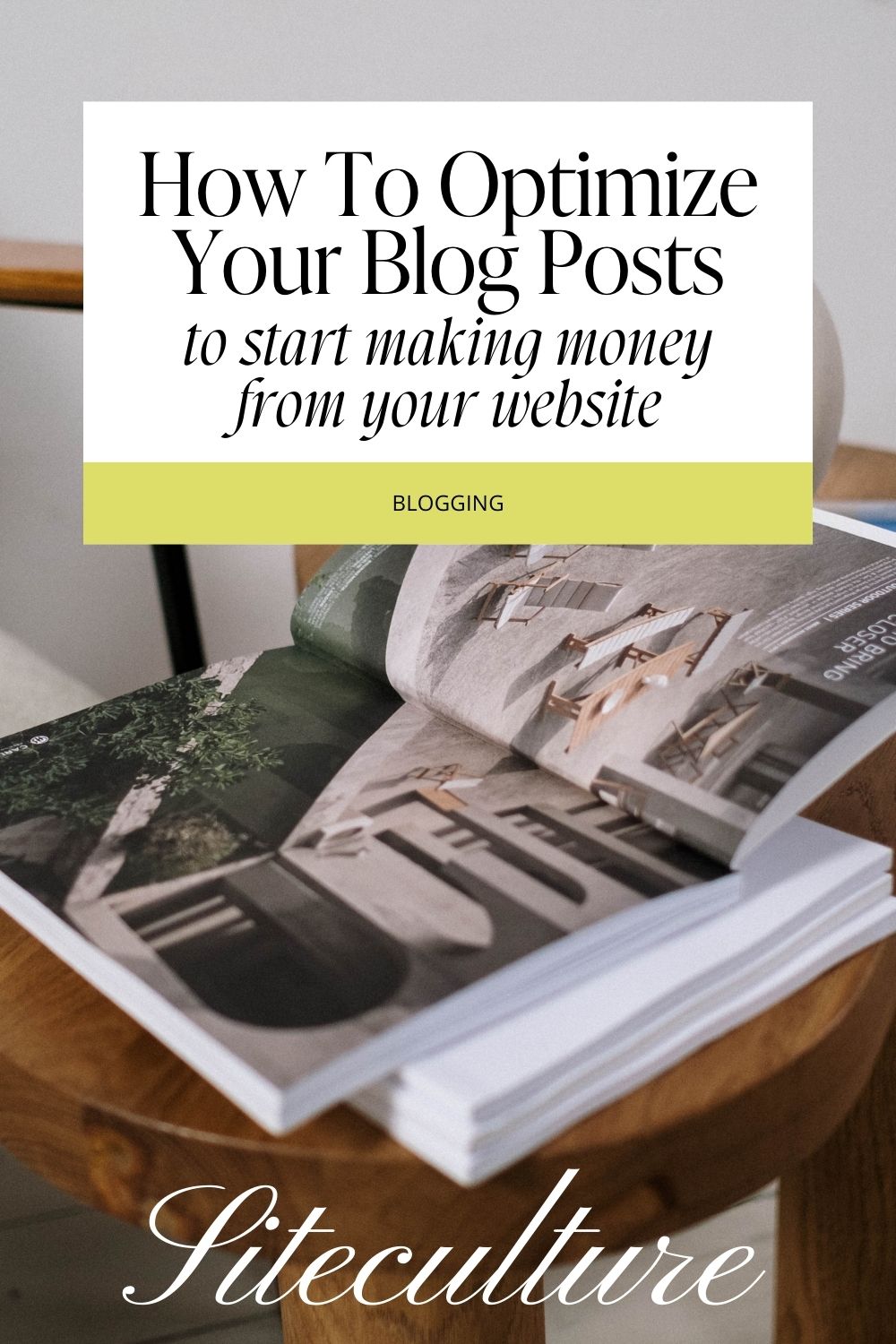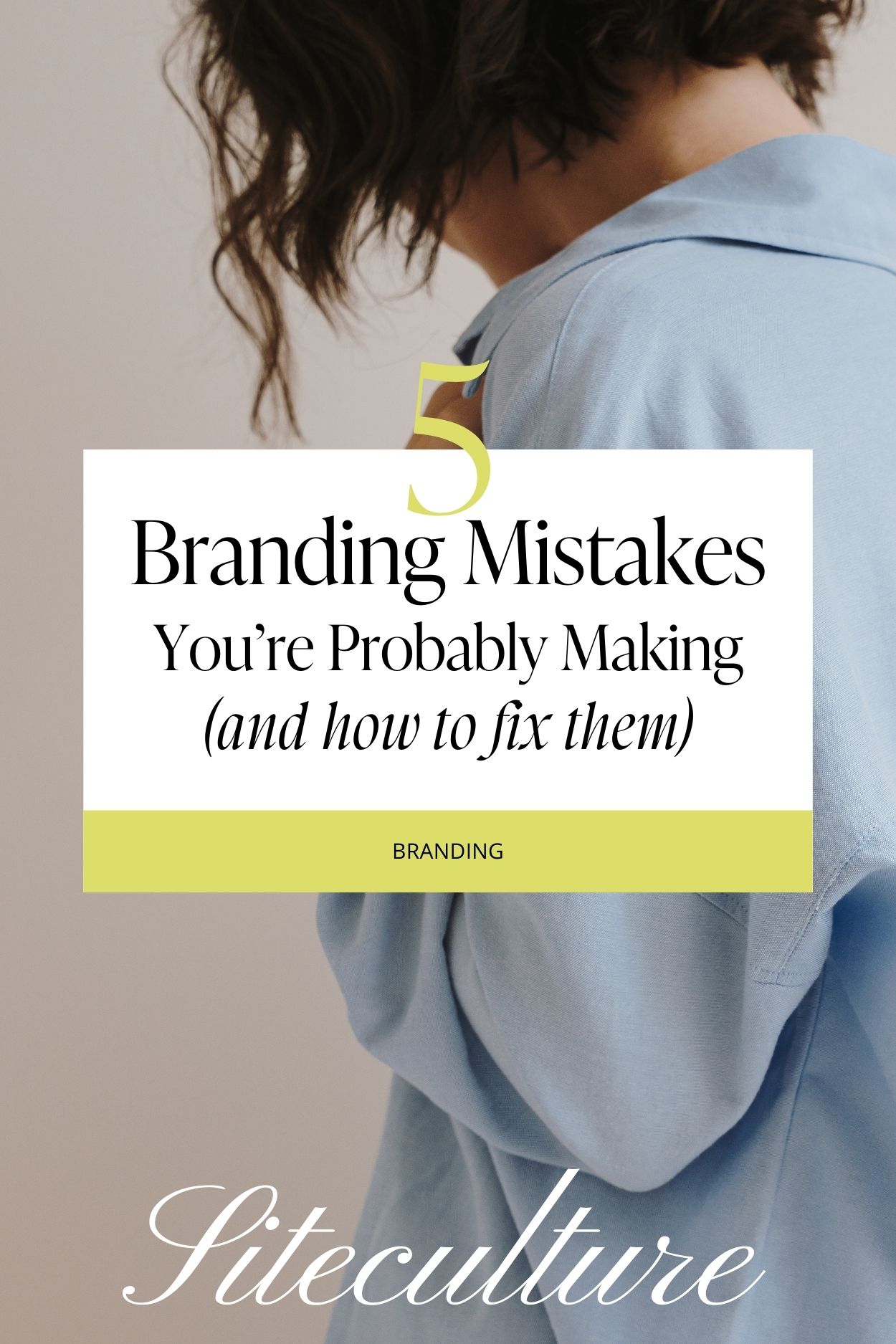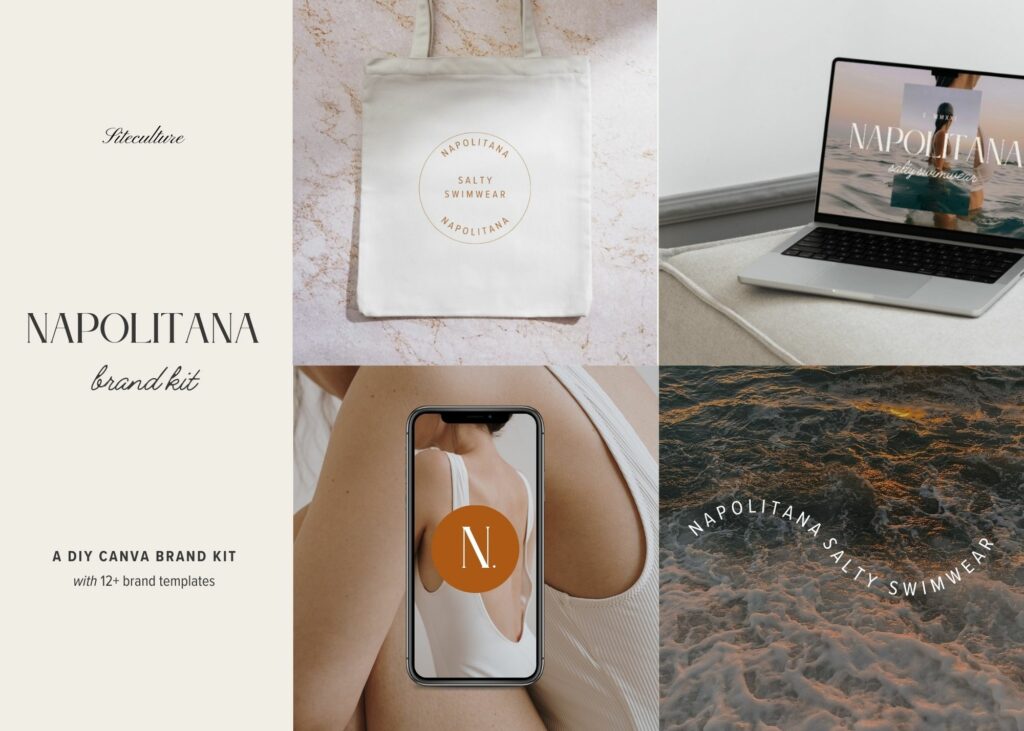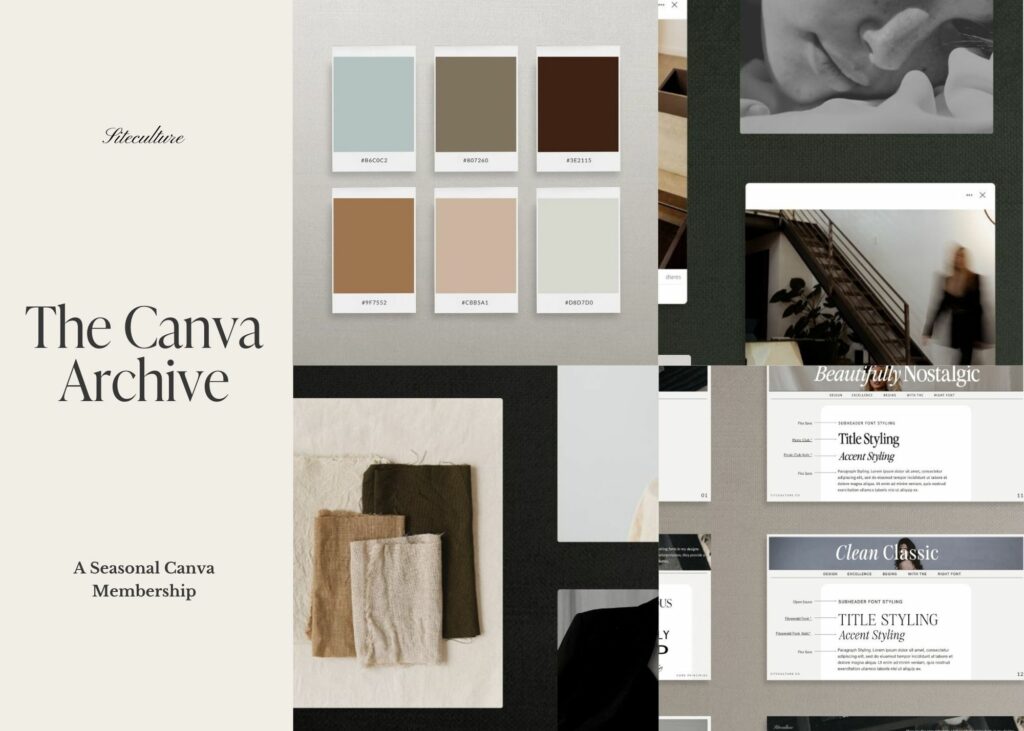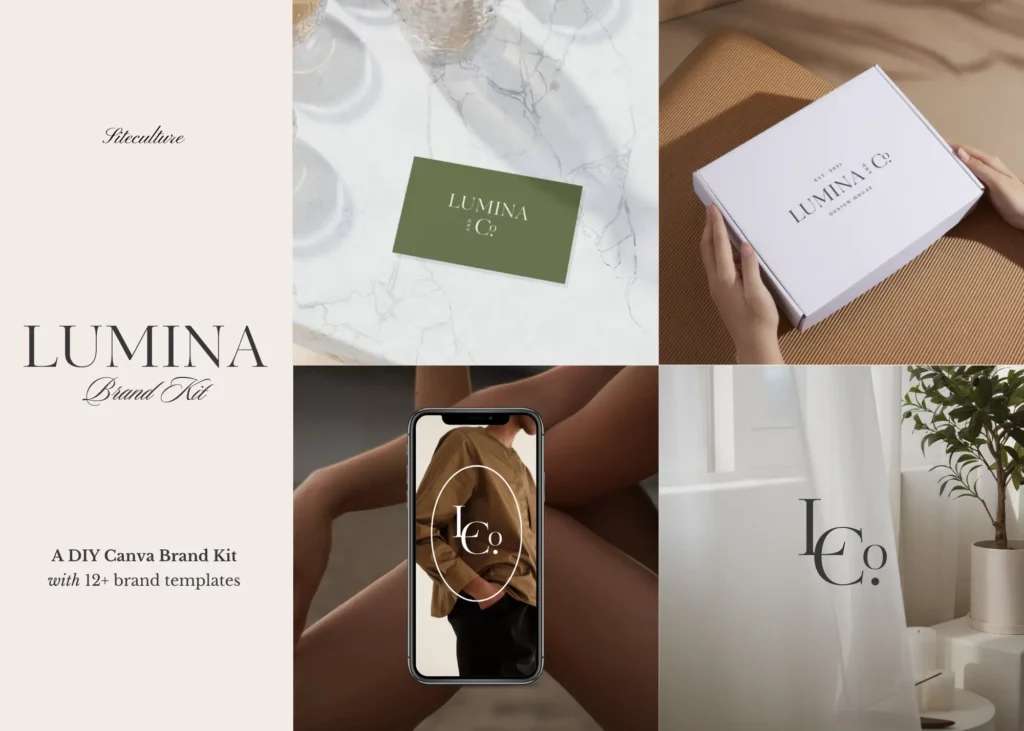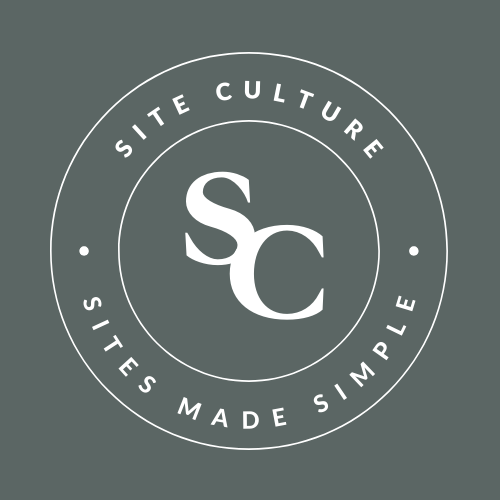Summer is here. A long, sun-soaked day and a good book are natural companions. Throughout my childhood summers, I relished outings to the library or bookstore. During one summer in high school, William Strunk Jr. and E.B. White’s The Elements of Style topped my assigned reading list. Little did I know, the slender paperback would become my most valuable writing resource, even today.
At Site Culture, I’m passionate about helping our clients showcase their brands through the written word. Your business’s brand and story are unique. Your website copy should be, too. Yet, it’s also worth acknowledging the universal principles behind effective writing—regardless of your industry, brand, or history. In less than 100 pages, The Elements of Style covers these principles with unmatched simplicity and eloquence.
Today, I’m sharing some of my favorite takeaways from the book, along with guidance for applying these tips to your website:
- The art of the dash (—): In chapter one, Elementary Rules of Usage, the authors cover the basics, such as the placement of punctuation marks. They explain that a dash can be used to offset and emphasize a portion of text: “A dash is a mark of separation stronger than a comma, less formal than a colon, and more relaxed than parentheses.” There are no definitive rules governing the use of the dash, but it’s best only to use when a colon, comma, or parentheses won’t suffice. For example: At Sweet Treats, we use organic ingredients—with no food dyes, preservatives, or additives—for the tastiest donuts around.
- Paragraph purpose: Strunk and White refer to the paragraph as “the unit of composition.” While many of us were taught to keep paragraphs between three and five sentences, you can be more flexible with your website copy. As the authors explain, paragraphs can come in any shape or size, as long as the paragraph ladders up to a single topic. For instance, using only two sentences to describe your industry may suffice. A ten-sentence paragraph is acceptable, too; although, it may be visually advantageous to break it into two where there’s a natural shift in focus.
- Positive word choice: Throughout The Elements of Style, the authors advocate for direct, specific language and the active voice. Specifically, they favor positive language: “Consciously or unconsciously, the reader is dissatisfied with being told only what is not; the reader wishes to be told what is.” In other words, “Samantha enjoyed falling asleep early” is a better option than “Samantha didn’t like staying up late.” When choosing words, opt for “unhappy” over “not happy,” “uninformed” over “not informed,” etc.
- Similar sentence structure: It’s generally a good idea to vary the structure of your sentences—with one notable exception. When you’re expressing ideas that are related or sequential, consider using a parallel structure for those sentences. A consistent sentence structure signals to readers that the content is connected, too. For instance, if you’re describing your company’s history, you might say, “Initially, our floral shop was on Main Street. Today, it is on Second Avenue.” This approach results in a clearer, more compelling message than a varied structure: “Initially, our floral shop was on Main Street. Then, it was moved to Second Avenue.”
- The power of showing (not telling): Strunk and White caution readers about the dangers of over-explaining, namely with explanatory adverbs (e.g., gleefully, sadly, regretfully). Instead, choose words (e.g., nouns, verbs, and adjectives) that inherently show the intended sentiment. If you’re describing a low point for your business, avoid a statement such as, “Despairingly, I contemplated quitting the restaurant business. Yet, hesitantly, I decided to persist.” Instead, choose words that show your despair to readers. For instance: “I locked the restaurant door after an exhausting day, feeling hopeless about the future. I was desperate and ready to do anything to make ends meet.”
These tips offer a taste of the timeless guidance you’ll find in The Elements of Style. No matter your industry, business model, or brand voice, these principles are sure to revamp your digital storefront.


